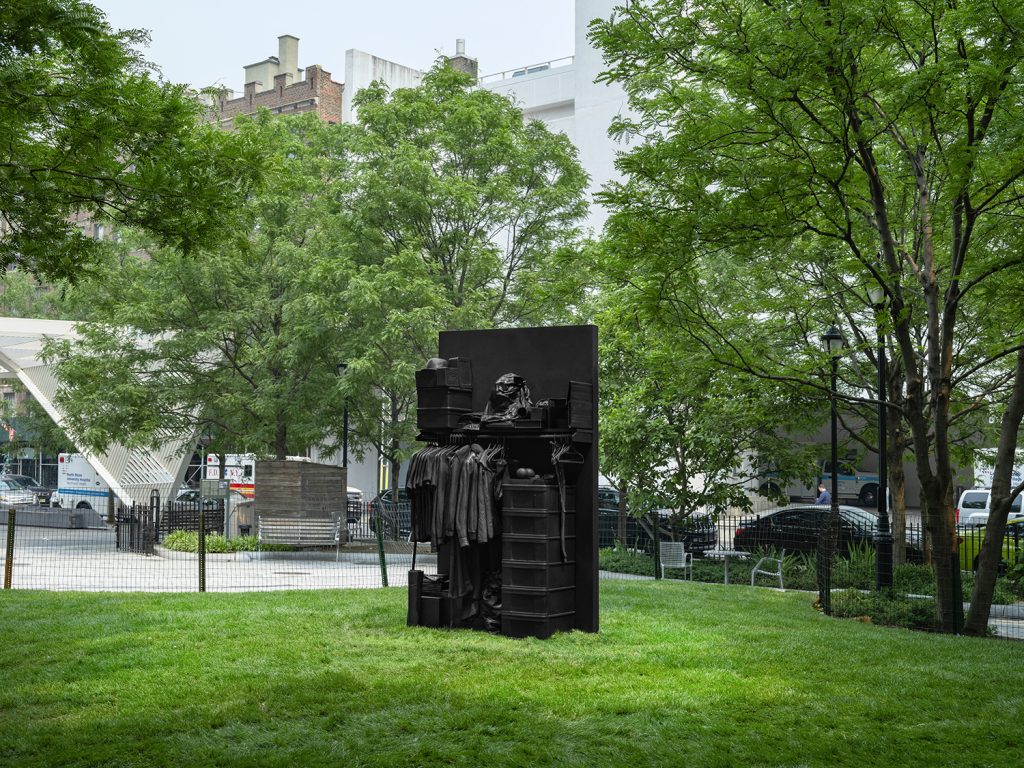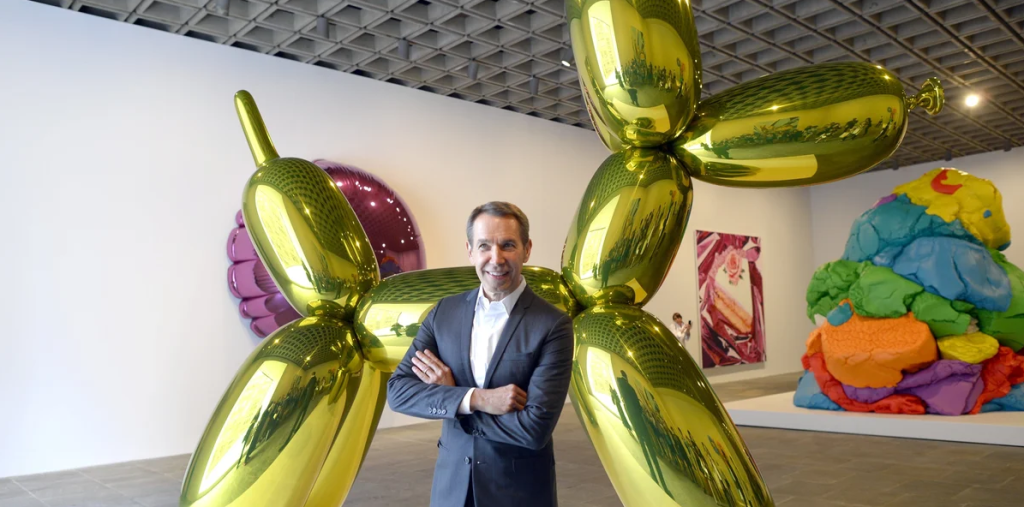Bruno Catalano has long captivated the art world with sculptures that challenge the boundaries of physical form and emotional expression. Among his most compelling works is The Khadine Series, a collection that embodies Catalano’s signature visual language—figures with large, intentional sections removed from their bodies. Yet despite these “missing” portions, each sculpture radiates movement, humanity, and profound depth. Through absence, Catalano creates a new type of presence, inviting viewers to reflect on identity, memory, and the invisible burdens people carry.
The Khadine Series is not merely a continuation of Catalano’s earlier explorations. Instead, it refines his themes with a heightened sense of narrative and emotional resonance. These sculptures stand as metaphors for journeys—both physical and spiritual—and offer a window into how art can speak through what is not shown as much as what is revealed.
The Emotional Landscape of Displacement
At the heart of The Khadine Series lies the theme of displacement. Like many of Catalano’s “Voyageurs,” these figures appear to be moving, traveling, or searching. Their bodies, partially voided, represent the pieces of ourselves we lose or leave behind during life’s transitions. Whether through immigration, personal transformation, or spiritual evolution, Catalano captures the universal human experience of being incomplete yet moving forward.
The missing parts of the sculptures are not simply a stylistic choice—they are emotional absences. They speak to the memories that fade, the relationships that reshape us, and the sacrifices required by life’s journeys. By making the void visible, Catalano compels viewers to confront their own internal gaps and acknowledge the stories behind them.
Technical Mastery Behind the Illusion
From a craftsmanship perspective, The Khadine Series showcases Catalano’s remarkable skill. Creating large bronze sculptures that appear structurally impossible requires meticulous engineering. The missing sections challenge traditional notions of weight distribution, balance, and material strength.
Catalano’s mastery of bronze casting allows him to play with negative space on a monumental scale. The delicate connections that hold these fragmented forms together reveal his deep understanding of the medium. What appears fragile is actually the result of precise planning and advanced sculptural technique.
The textures—smooth surfaces combined with rough transitions along the voids—add layers of tactile contrast. These details invite viewers to examine the sculptures up close, discovering the interplay between physical solidity and visual incompleteness.
A Dialogue Between Viewer and Sculpture
The Khadine Series is not meant to be passively admired. Instead, it actively engages viewers in a dialogue about existence. As observers move around each piece, the shifting angles emphasize different relationships between the empty spaces and the solid bronze. The sculptures seem to reshape themselves with each step, reminding us that identity, too, is fluid and ever-changing.
This interaction invites deeper reflection. What defines a person—their physical form, their memories, their choices, or the voids carved by life’s challenges? Catalano allows each viewer to approach the sculpture from their own emotional vantage point, making the experience uniquely personal.
A Contemporary Icon in the World of Figurative Sculpture
The Khadine Series reinforces Bruno Catalano’s place among today’s most important contemporary sculptors. His ability to blend concept, craftsmanship, and emotional storytelling elevates his work beyond traditional figurative sculpture. These fragmented yet powerful figures have become icons in public spaces, galleries, and private collections worldwide.
For art enthusiasts, The Khadine Series offers more than visual intrigue—it provides a profound meditation on human resilience. Through the language of sculpture, Catalano expresses the beauty of imperfection, the weight of memory, and the strength required to move forward despite life’s missing fragments.


